Is a Recession on the Way?
The recent dip in long-term bond yields below short-term yields isn't cause for panic.

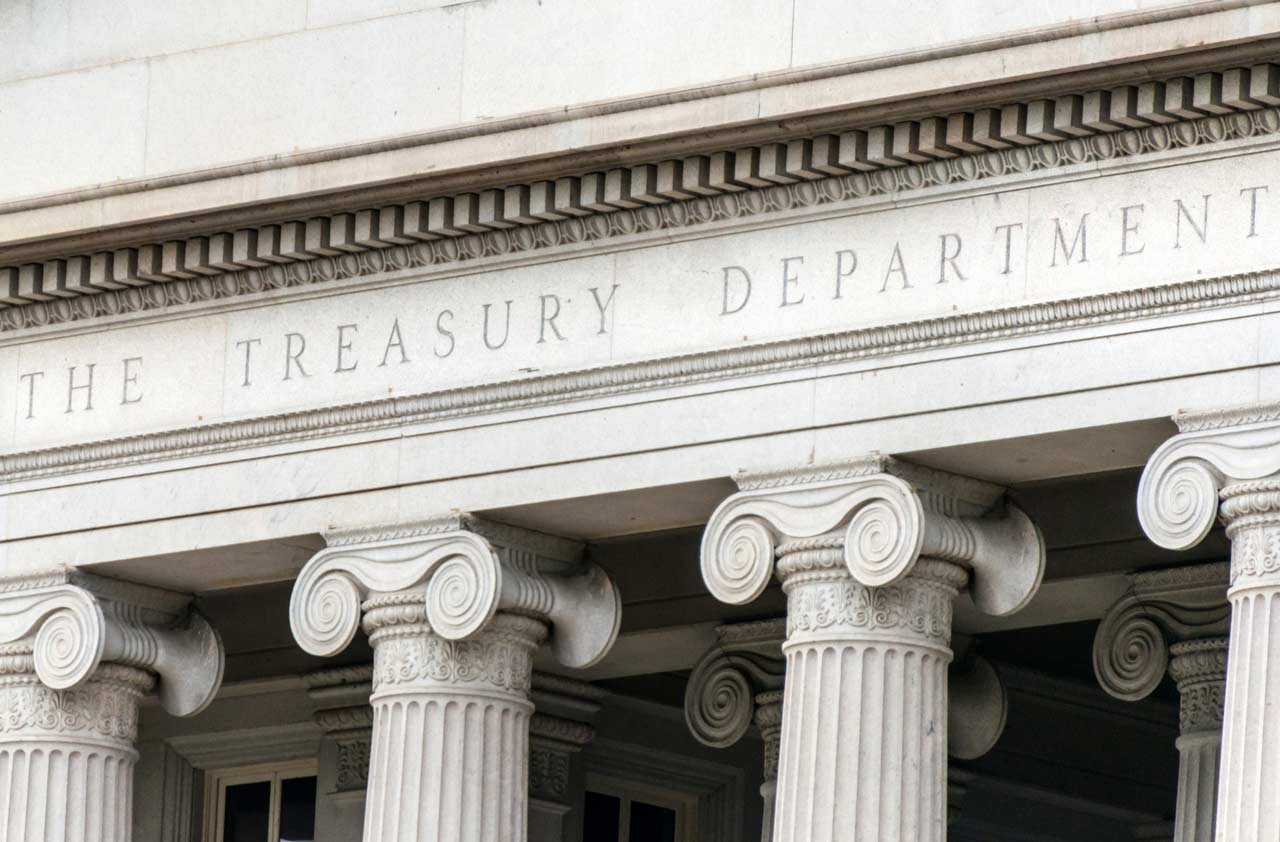
Market watchers broke into a collective sweat recently when the yield on 10-year Treasuries sank below the 3-month T-bill yield. When yields on short-term debt exceed those on longer-term bonds, the yield curve—a representation of interest rates on bonds of varying maturities—is said to be inverted. A little perspiration is understandable: An inverted yield curve has preceded each of the past seven recessions, dating back to the mid 1960s.
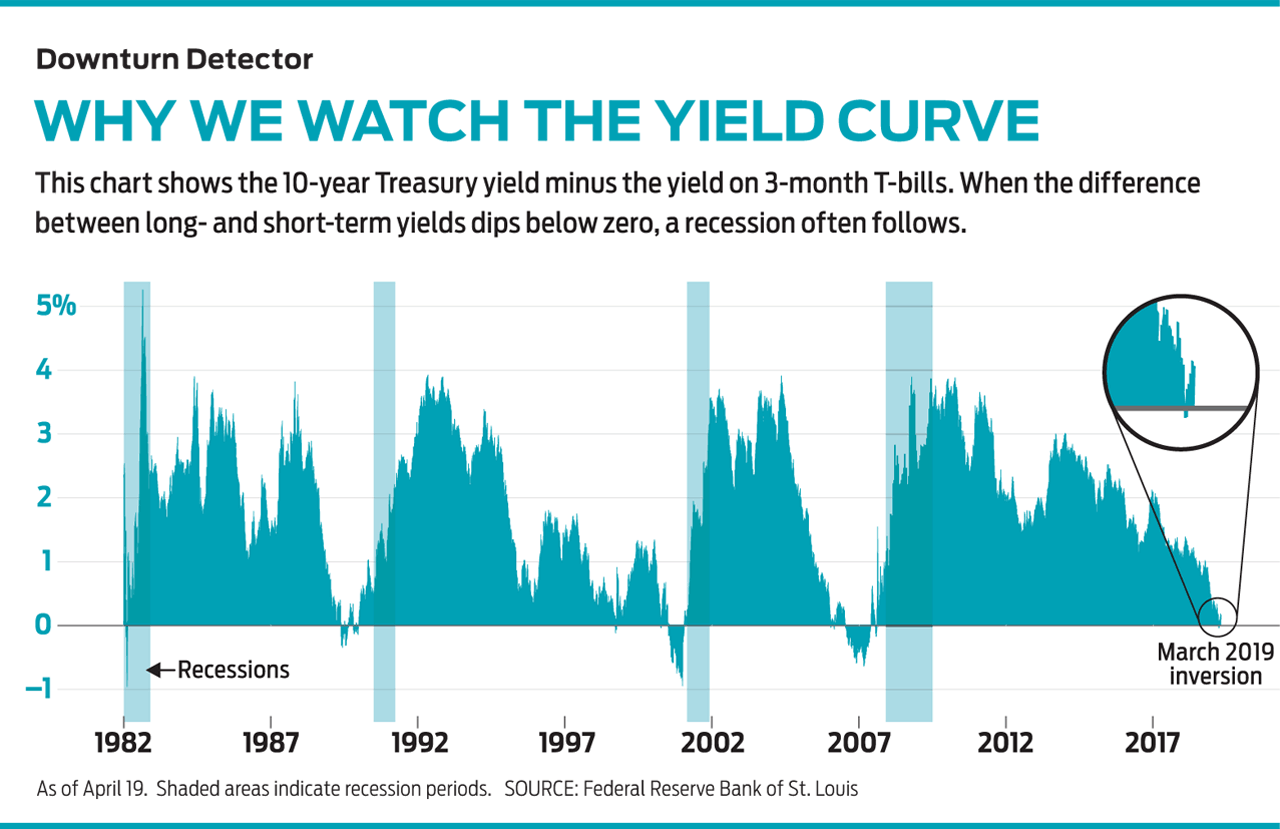
An inversion is considered a recession indicator because although short-term rates are driven by current Federal Reserve policy, longer-term rates reflect bond investors’ expectations for inflation and future economic growth. When investors believe that the economy will weaken, they tend to pile into the safe haven of longer-term Treasuries, locking in higher rates while they can. In doing so, they bid up the price of long-maturity bonds, driving down yields (bond prices and yields move in opposite directions). A yield curve inversion is an extreme, and rare, no-confidence vote.
As with any economic bellwether, the yield curve isn’t foolproof. Although all recessions since the ’60s have followed inversions, not all inversions have led to recessions. And there is little predictability as to when a recession will hit or how long it will last. Since 1968, the time between the inversion and eventual recession has ranged from five to 16 months.
From just $107.88 $24.99 for Kiplinger Personal Finance
Become a smarter, better informed investor. Subscribe from just $107.88 $24.99, plus get up to 4 Special Issues

Sign up for Kiplinger’s Free Newsletters
Profit and prosper with the best of expert advice on investing, taxes, retirement, personal finance and more - straight to your e-mail.
Profit and prosper with the best of expert advice - straight to your e-mail.
Moreover, March’s inversion wasn’t severe (a difference of only a few hundredths of a percentage point) or long-lasting (it has since flipped back). Should the long end dip more than 0.5 percentage point below the short end, it would be cause for greater concern, says LPL senior market strategist Ryan Detrick.
Whether the recent inversion is a blip or a harbinger of recession remains to be seen. Regardless, investors should consider it a sign that things are closer to the end than the beginning of the economic cycle, says Sam Stovall, chief investment strategist at research firm CFRA. “By July, it will have been the longest economic expansion in history. Things don’t last forever, right?” he says.
Profit and prosper with the best of Kiplinger's advice on investing, taxes, retirement, personal finance and much more. Delivered daily. Enter your email in the box and click Sign Me Up.
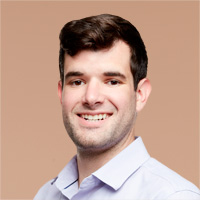
Ryan joined Kiplinger in the fall of 2013. He wrote and fact-checked stories that appeared in Kiplinger's Personal Finance magazine and on Kiplinger.com. He previously interned for the CBS Evening News investigative team and worked as a copy editor and features columnist at the GW Hatchet. He holds a BA in English and creative writing from George Washington University.
-
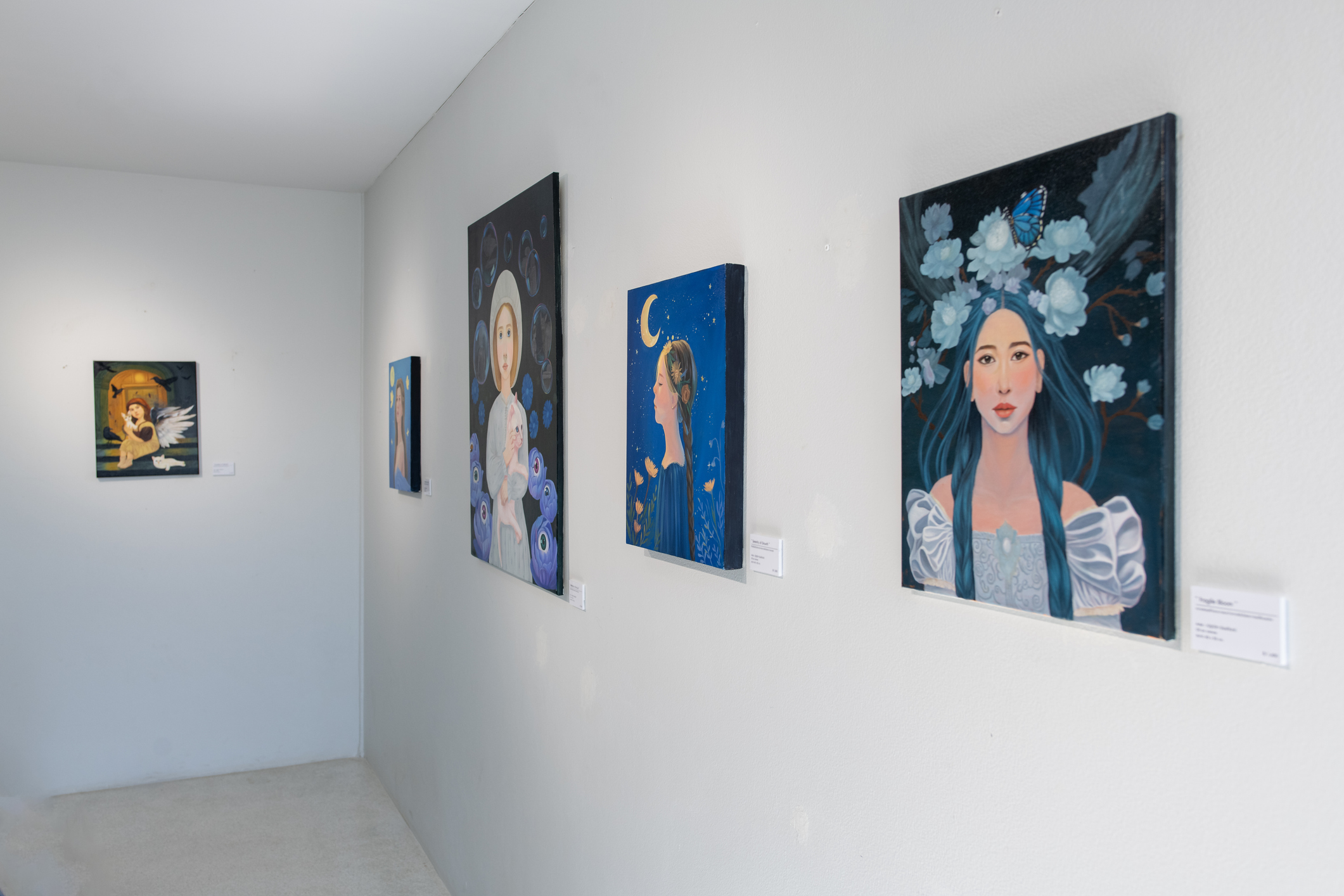 Your Guide to Buying Art Online
Your Guide to Buying Art OnlineFrom virtual galleries to social media platforms, the internet offers plenty of places to shop for paintings, sculptures and other artwork without breaking the bank.
-
 Samsung Galaxy S25 Ultra for $4.99 a Month: A Closer Look at Verizon’s Deal
Samsung Galaxy S25 Ultra for $4.99 a Month: A Closer Look at Verizon’s DealVerizon’s aggressive pricing makes Samsung’s top-tier phone tempting, but the real cost depends on your plan and how long you stay.
-
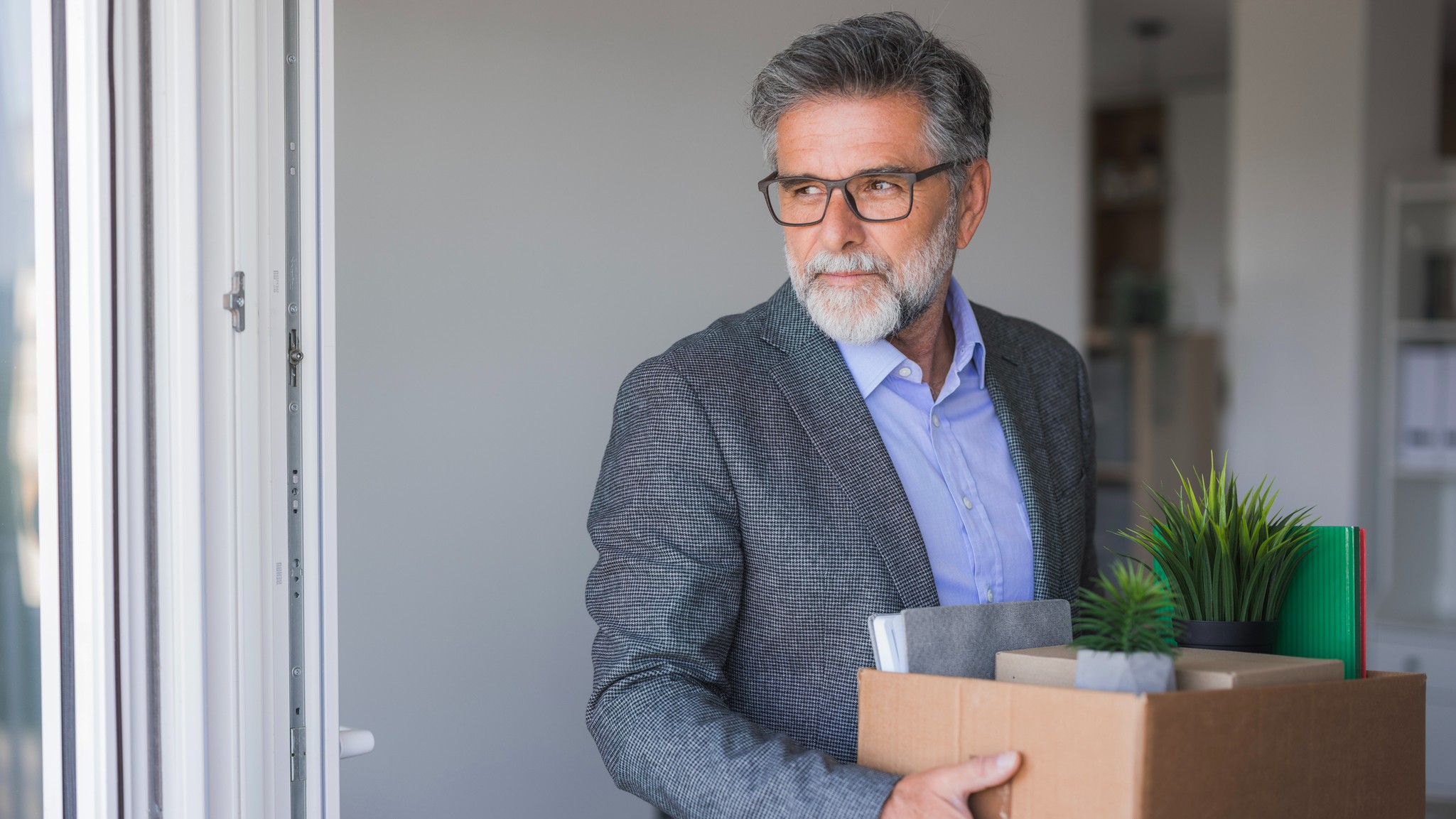 I'm 59 with $1.7 million saved and lost my job. Should I retire?
I'm 59 with $1.7 million saved and lost my job. Should I retire?We asked professional wealth planners for advice.
-
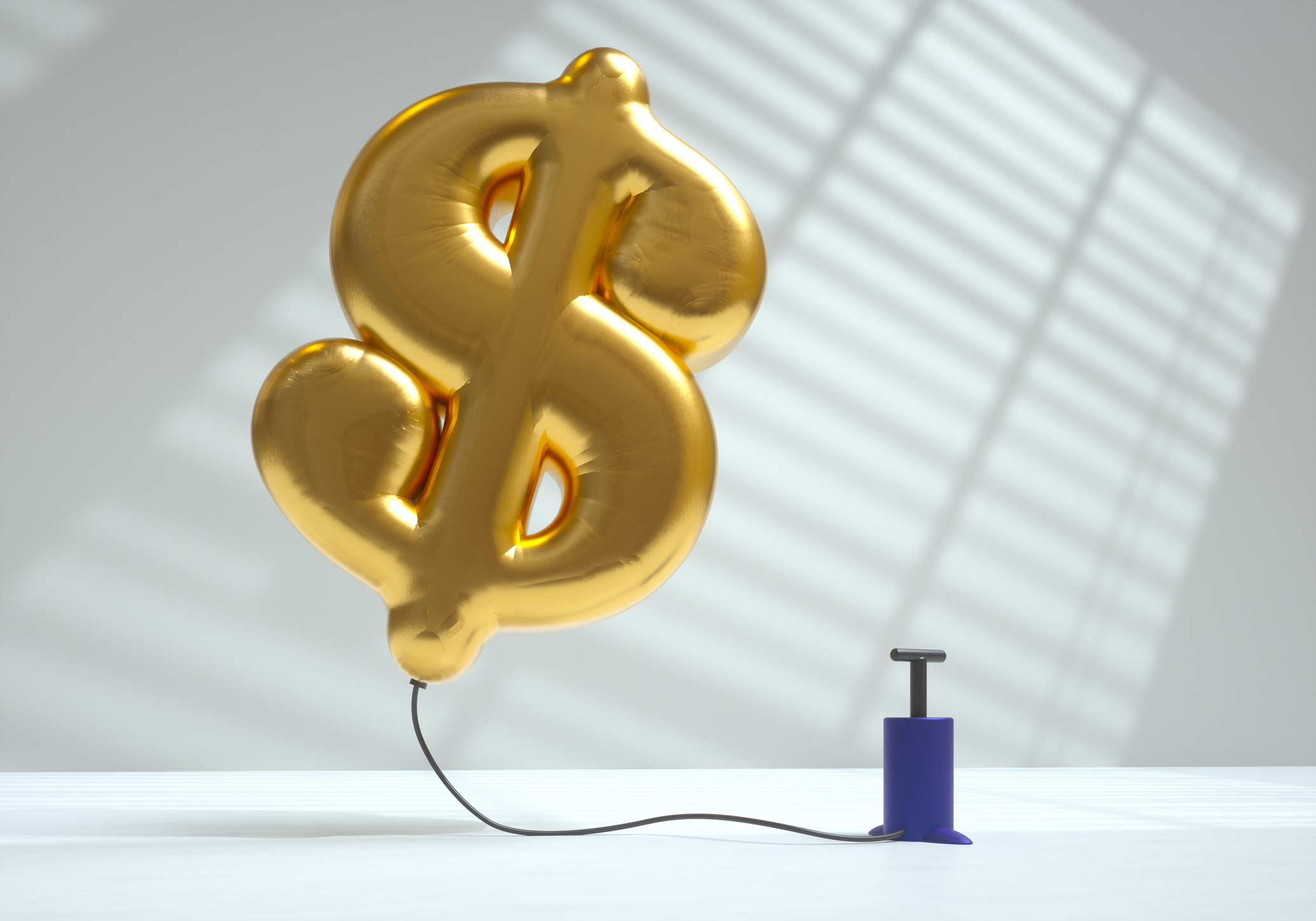 The November CPI Report Is Out. Here's What It Means for Rising Prices
The November CPI Report Is Out. Here's What It Means for Rising PricesThe November CPI report came in lighter than expected, but the delayed data give an incomplete picture of inflation, say economists.
-
 The Delayed November Jobs Report Is Out. Here's What It Means for the Fed and Rate Cuts
The Delayed November Jobs Report Is Out. Here's What It Means for the Fed and Rate CutsThe November jobs report came in higher than expected, although it still shows plenty of signs of weakness in the labor market.
-
 What to Expect from the Global Economy in 2026
What to Expect from the Global Economy in 2026The Kiplinger Letter Economic growth across the globe will be highly uneven, with some major economies accelerating while others hit the brakes.
-
 December Fed Meeting: Updates and Commentary
December Fed Meeting: Updates and CommentaryThe December Fed meeting is one of the last key economic events of 2025, with Wall Street closely watching what Chair Powell & Co. will do about interest rates.
-
 The Delayed September Jobs Report Is Out. Here's What It Means for the Fed
The Delayed September Jobs Report Is Out. Here's What It Means for the FedThe September jobs report came in much higher than expected, lowering expectations for a December rate cut.
-
 Shoppers Hit the Brakes on EV Purchases After Tax Credits Expire
Shoppers Hit the Brakes on EV Purchases After Tax Credits ExpireThe Letter Electric cars are here to stay, but they'll have to compete harder to get shoppers interested without the federal tax credit.
-
 October Fed Meeting: Updates and Commentary
October Fed Meeting: Updates and CommentaryThe October Fed meeting is a key economic event, with Wall Street turned into what Fed Chair Powell & Co. did about interest rates.
-
 The Delayed September CPI Report is Out. Here's What it Signals for the Fed.
The Delayed September CPI Report is Out. Here's What it Signals for the Fed.The September CPI report showed that inflation remains tame – and all but confirms another rate cut from the Fed.